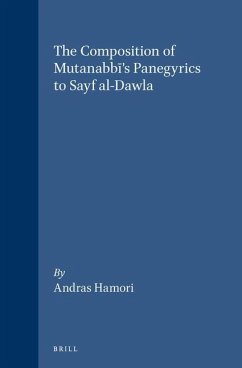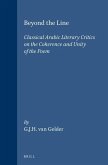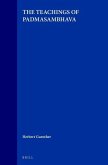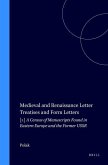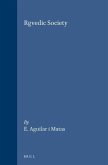The purpose of this study is to identify and describe recurrent patterns of composition in the twenty two major panegyrics Mutanabb? wrote to Sayf al-Dawla during his stay at the ?amd?nid court in Aleppo between 337/948 and 345/956. It discusses the types of utterance used in endings and in cadential lines before definable internal boundaries, the organising conventions of the passages that lead into and out of chronicles of military campaigns, the non-random placement of certain crescendo motifs, various means of local organisation in poems without events, etc. It also considers brief differences in technique between the Aleppo period and Mutanabb?'s earlier and later work, and casts a glance at possible predecessors. Based on a sizable and coherent sample of poetry, this study demonstrates that compositional rules and predilections played a pervasive role in Mutanabb?'s writing in the years when his career was at its height.

